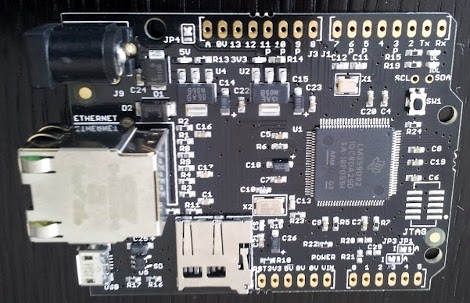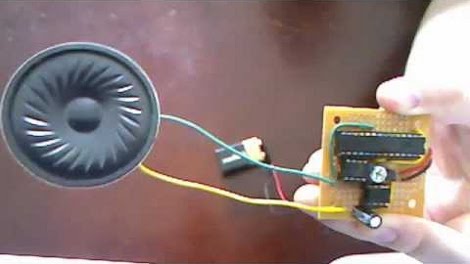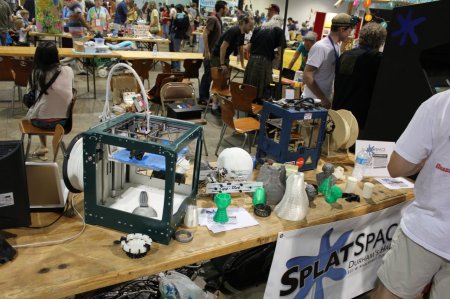
It’s not often we see a build that turns you into a better cook without any electronics whatsoever. [Chris]’s method of baking better bread with steam is one of those builds, and we’re more than willing to test it out on our own.
If you’ve ever tried to bake bread at home, you’ll quickly notice the crust is much thicker and harder than a loaf available at a bakery. The thickness of the crust can be controlled, however, with a careful application of steam. To make a better crust, [Chris] used a pressure cooker fitted with a valve to inject steam into an oven through his oven’s exhaust. Not only does this gelatinate the starches in the bread crust, but it keeps this gelatin from hardening too quickly.
The end result is a thin, golden brown crust that makes for the perfect loaf of bread. Of course, the proper application of steam does take a little bit of practice. If someone is up to the task of Arduinofying this hack with a few solenoid valves, PID sensors, and a high-temperature humidity sensor, send it in and we’ll put it up.
















